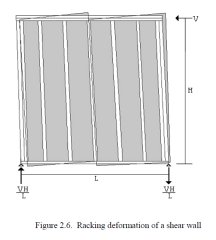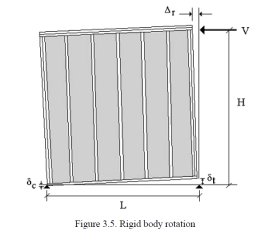sparky_magoo
Senior Member
- Location
- Reno
I recently installed a CH 200A residential metermain. The socket was on the lower left side. The entire top section was for the bus and breakers leaving plenty of make up room. Nice. The can is 15 inches wide. I had to pull all of the nails out of a shear wall to move a stud a half inch. Major PITA.
Our POCO wants the meter at 5"4" above grade. This puts the top breaker over 6"6". I couldn't find the code reference to breaker height. Would some one help me out with the code section.
Thanks.
Our POCO wants the meter at 5"4" above grade. This puts the top breaker over 6"6". I couldn't find the code reference to breaker height. Would some one help me out with the code section.
Thanks.


